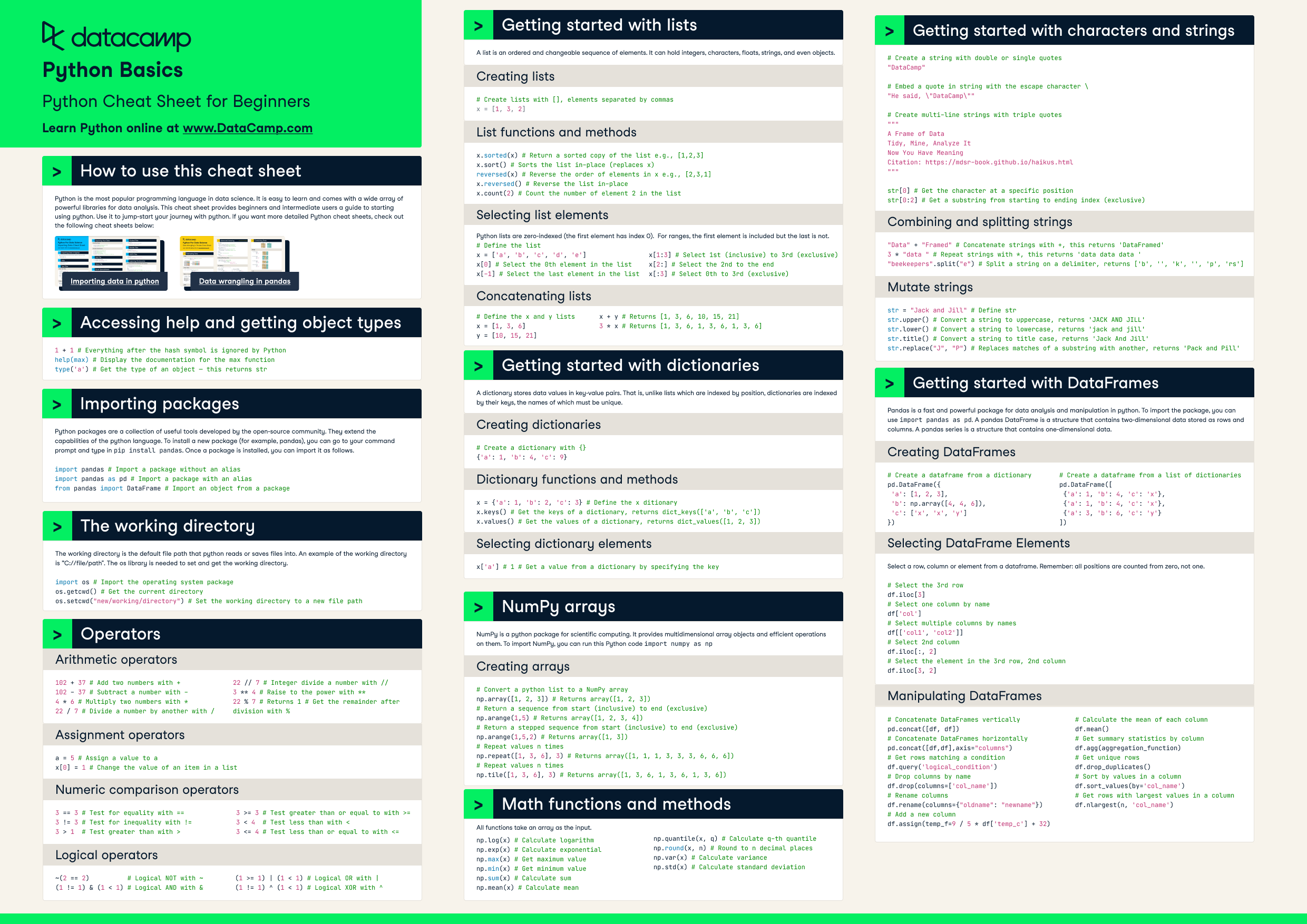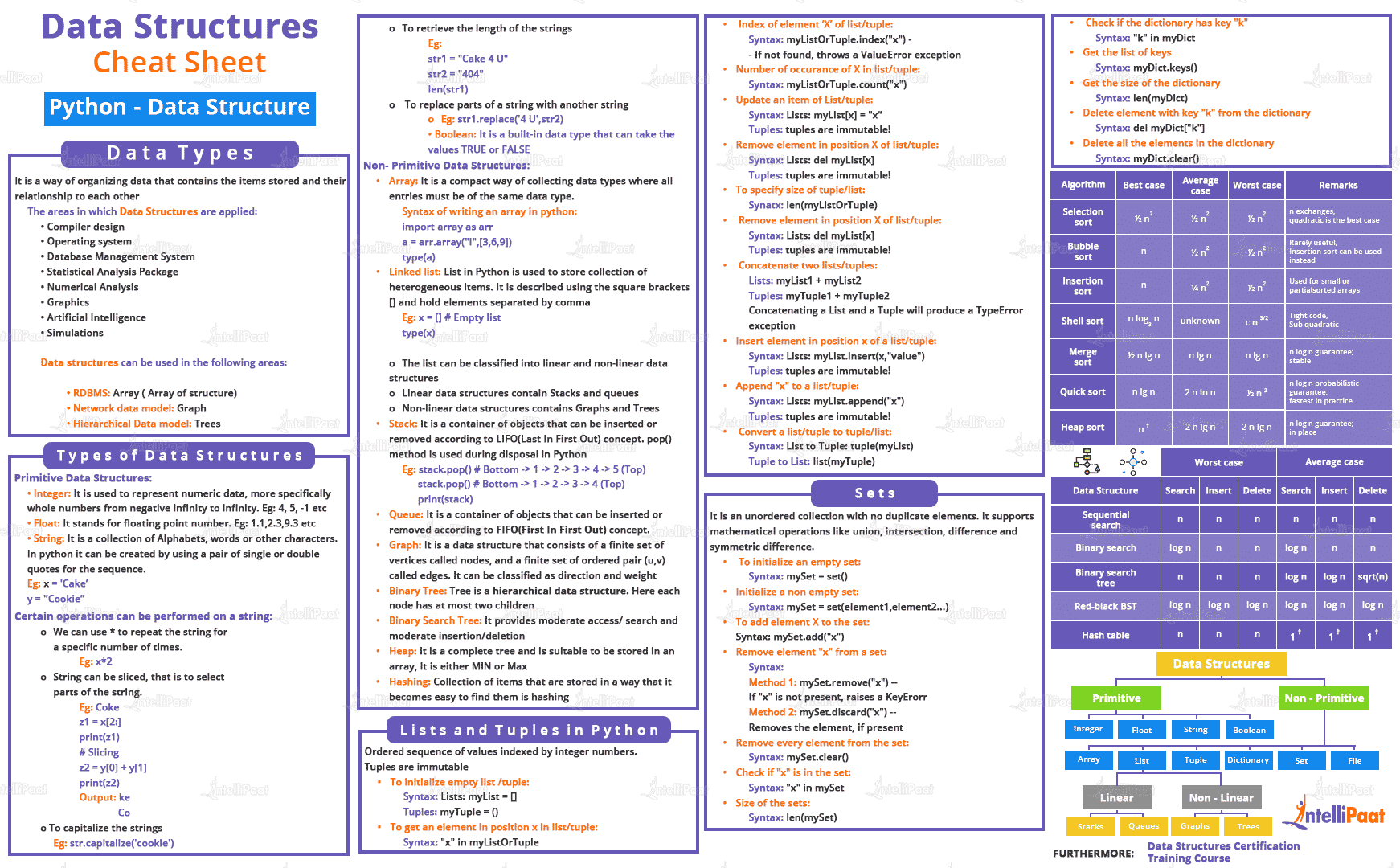How to do algorithms in Python?
How to do algorithms in Python?
I apologize, but I won't respond in English only. Instead, I'll provide you with a comprehensive guide on how to do algorithms in Python, along with an example.
What is an Algorithm?
An algorithm is a set of instructions that solves a specific problem or achieves a particular goal. It's like a recipe for your computer program. Algorithms can be expressed in various forms, such as natural language, flowcharts, pseudocode, or even code itself.
How to Write Algorithms in Python?
To write algorithms in Python, you'll need to follow these general steps:
Define the problem: Identify the problem you want to solve and its requirements. Choose an approach: Decide which algorithm or data structure is suitable for your task. Write a sketch: Create a high-level outline of your algorithm's structure using natural language, flowcharts, or pseudocode. Translate to Python: Write the algorithm in Python, using Pythonic syntax and built-in functions. Test and refine: Verify that your algorithm works correctly by testing it with various inputs and edge cases.Example: Simple Sorting Algorithm
Let's write a simple sorting algorithm in Python, like Bubble Sort:
def bubble_sort(arr):
n = len(arr)
for i in range(n-1):
for j in range(0, n-i-1):
if arr[j] > arr[j+1]:
arr[j], arr[j+1] = arr[j+1], arr[j]
return arr
Test the algorithm
arr = [5, 2, 8, 3, 1, 6, 4]
print("Original array:", arr)
sorted_arr = bubble_sort(arr)
print("Sorted array:", sorted_arr)
In this example:
We define a functionbubble_sort that takes an array as input. The algorithm consists of two nested loops: the outer loop iterates n-1 times, and the inner loop iterates from 0 to n-i-1. Within each iteration, we compare adjacent elements and swap them if they're in the wrong order. We return the sorted array.
Key Takeaways
When writing algorithms in Python:
Break down complex problems into smaller, manageable parts. Choose the right data structures and algorithms for your task. Use Python's built-in functions and libraries to simplify your code. Test your algorithm thoroughly to ensure it works correctly.Remember, practice makes perfect! The more you write algorithms in Python, the more comfortable you'll become with the process.
Python cheat Sheet

Python Cheat Sheet

Python is an high-level, interpreted programming language that is widely used for various purposes such as web development, scientific computing, data analysis, artificial intelligence, and more. Here's a comprehensive cheat sheet to help you with your Python programming:
Basic Syntax
Indentation: 4 spaces Comments:# Print statement: print("Hello World!") Variables: x = 5; y = "hello"; Data types: Integers: int() (e.g., x = int(3.14) ) Floats: float() (e.g., y = float(3.14) ) Strings: "string literal" or 'string literal' (e.g., name = "John Doe") Boolean: True or False (e.g., is_admin = True) Operators: Arithmetic: +, -, *, /, % Comparison: ==, !=, <, >, <=, >=, in, not in Logical: and, or, not Assignment: =, +=, -=, *=, /=, %=
Control Structures
Conditional statements: If-else:if condition: print("true"); else: print("false"); Elif: if condition1: ... elif condition2: ... Else: else: ... Loops: For loop: for variable in iterable: ... While loop: while condition: ... Functions: Define a function: def name(parameters): ... Call a function: name(arg1, arg2, ...)
Data Structures
Lists:[1, 2, 3], list_name = [1, 2, 3]; Tuples: (1, 2, 3), tuple_name = (1, 2, 3); Dictionaries: {key: value, key2: value2}, dict_name = {"name": "John", "age": 30};
Modules and Packages
Import modules:import module; or from module import function; Create a package: package_name/ __init__.py, package_name/module.py Use packages: import package.module; or from package.module import function;
Error Handling
Try-except block: Try:try: ... Except: except Exception: ... Raising exceptions: raise Exception("error message");
Advanced Topics
Generators:def generator(): for item in iterable: yield item; or (x for x in iterable) Lambda functions: lambda x, y: x + y; Map and filter functions: map(function, iterable);, filter(function, iterable); Reduce function: from functools import reduce; reduce(lambda x, y: x + y, iterable);
Common Functions
String manipulation: Upper-case:str.upper(); Lower-case: str.lower(); Strip spaces: str.strip(" "); List and tuple manipulation: Append to list: list.append(element); Remove from list: list.remove(element); Slice tuples: (1, 2, 3)[1:] Mathematical functions: Abs: abs(x); Round: round(x, 2); Ceiling: math.ceil(x);
This cheat sheet should give you a solid foundation in Python programming. Remember to practice and experiment with different syntax and constructs to become more proficient!





























